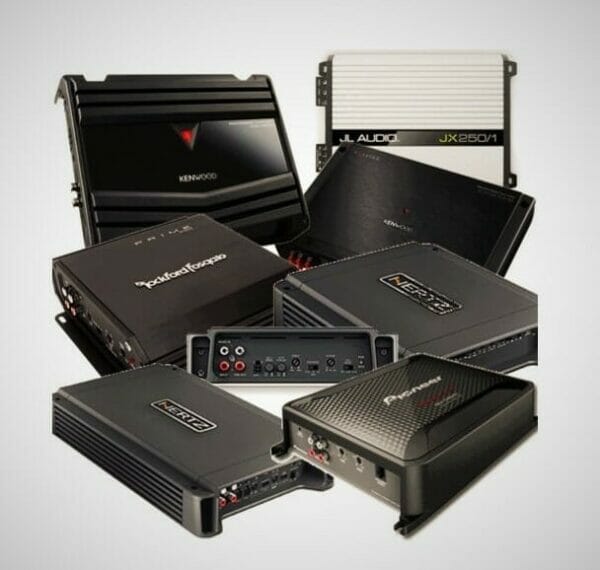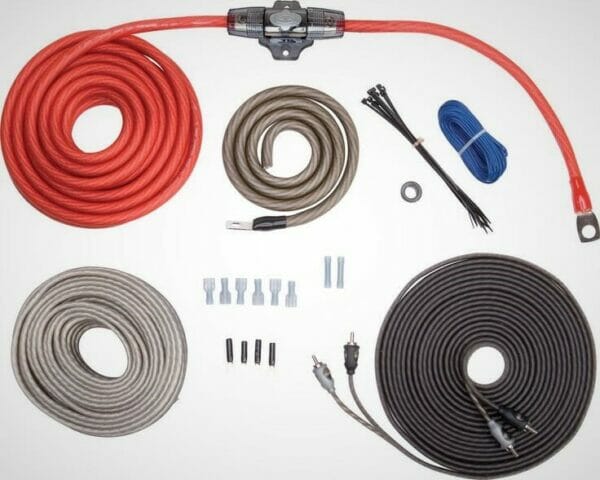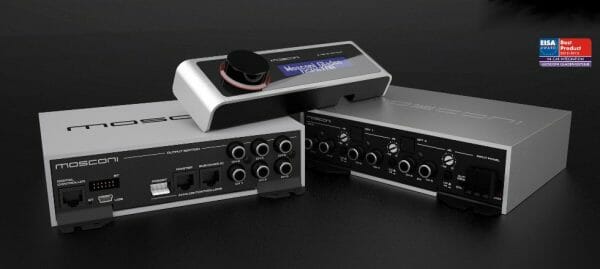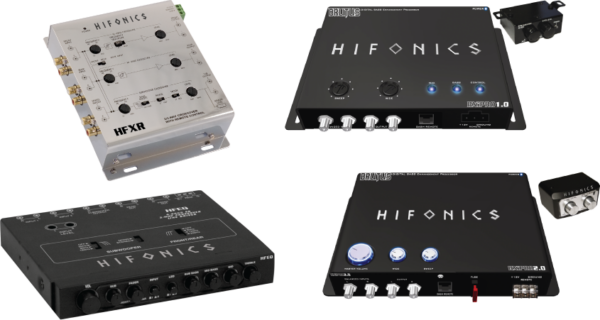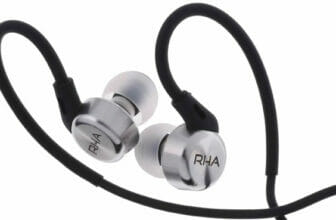A Complete guide for buying Car Audio – Part I

So, You’re a newbie to the world of car audio and you’ve decided to spend your hard earned cash on audio upgrades. BRILLIANT!! but wait….
The following car audio buying guide will help you buy and build a high performing versatile and upgrade-able car Audio Install which will provide you with loud clear music, and be safe and reliable.
At the end of this car audio buying guide you should have a clear understanding of:
( Part I )
- The bits you need to buy to get a working sound system.
- The bits you DON’T need to buy.
( Part II )
- How to install and wire it up to get it working (In a general sense).
- How it all fits and works together.
But before you step in a shop, you need find out the size of the components that fit your vehicle without major modification.
Once you know which components will best fit your vehicle’s stock provisions, you are one step closer in reaching your realistic “ICE” goal.
NOT to forget the…

Any good salesperson is going to ask the question, so it’s best for you to know your budget before you enter a store. Don’t forget to add the cost for installation, labor and parts, such as head-unit mounting kits and wiring.
Choose “The shop”..

An experienced installer can be your best car audio buying guide, designing a system for your vehicle that both sounds great and is reliable.
Once you choose a shop, visit it on slow days, when the store is less crowded. You’ll want time to ask questions, test-drive the products and do some critical listening without being rushed.
“What Will I Need?”

The most fun part of every project is shopping. Yes, you will need to spend some money. How much, and on what, is down to you. The great thing about car audio is that there’s no right or wrong way to go about it. If you’re working on a tight budget, you can even replace components one at a time, as your budget permits, and eventually have a completely custom car sound system.
If you are going the piecemeal, budget-conscious route, then it’s a good idea to plan out a roadmap for what you want your finished system to look like. If you do that, then you’ll end up with components that all work really well together. Do your research and spend wisely.
For the purposes of your first install the recommended system will be:
Head unit. To play music, obviously.
 You can narrow your search according to head units that fit your vehicle — The slim ones that are about 18 cm wide and 5 cm high are called single-DIN units, while the chunkier ones that measure 18 cm x 10 cm are double-DIN units. Depending on the slot space available in your car, you could choose either size. If you want to play music from a USB, MP3 player or from an iPod you will need a head unit that comes with a USB port or an Aux-in slot and with bluetooth if you want to use your phone to play your music without bothering to connect with any kind of wires.
You can narrow your search according to head units that fit your vehicle — The slim ones that are about 18 cm wide and 5 cm high are called single-DIN units, while the chunkier ones that measure 18 cm x 10 cm are double-DIN units. Depending on the slot space available in your car, you could choose either size. If you want to play music from a USB, MP3 player or from an iPod you will need a head unit that comes with a USB port or an Aux-in slot and with bluetooth if you want to use your phone to play your music without bothering to connect with any kind of wires.
If you can afford to stretch your bigger budget a little more, you can opt for a full 7 inch touchscreen unit with an option of navigation or you can go for a powerful unit with built-in signal processor and high voltage pre-outs for a much better sound experience of course.
check out which is better for playing music, Aux vs USB vs Bluetooth
An Amplifier – But do You Really Need the Power??
Most head units contain built-in amplifiers, but they’re usually not very powerful. Head units that do contain powerful amps tend more toward the expensive end of the spectrum, at which point it’s often a better choice to simply use a head unit with preamp outputs and a dedicated amp anyway. There are a number of reasons to include an amplifier in your car audio system, and you definitely need one if you want:
- louder sound without distortion
- to power a subwoofer
- to get the most out of your new speakers
If you don’t mind a little distortion, and you have no desire to crank your head unit to full, then you can probably skip the amp and focus on your head unit and speakers. Some head units have enough power to provide relatively distortion-free sound. When you’re working with a decent head unit to begin with, finding the right car amp is a much easier process.
A Set of Speaker.. Coaxials or Components??

One good place for budget-conscious newbies to start is the speakers. Factory speakers are typically pretty anemic, so you may notice a pretty big improvement in your sound by simply replacing your front speakers with a pair of Coaxials or Component speakers.
But the argument of component versus coaxial speakers is complicated, and there is no simple answer as to which one is better. Component speakers provide better sound, but they’re also more expensive. Full range speakers are also easier to install as you can typically find aftermarket units that are direct replacements for the factory speakers.
If sound quality is the most important factor in your decision making process, then you should consider component speakers. Otherwise, full range speakers will probably get the job done just fine
For more information, check out Component vs Coaxial Speakers
A Subwoofer of some kind.

Around 90% of car audio applications NEEDs a subwoofer. A subwoofer can make the difference between a good-sounding and a great-sounding system. All subwoofers come in a variety of sizes ranging from 8 inches (20.3 cm) to 15 inches (38 cm) and can go up to 22 inches ( 45.7 cm)! They need be fitted in an enclosure (speaker box) and connected to an amplifier.
Your music Genre will determine how many car subwoofers you should purchase. Generally speaking, you only need 2 subwoofers if you listen to hip hop, dance, techno or other bass-heavy music. Otherwise, 1 subwoofer should do. But for a newcomer, a Single 10” or 12” subwoofer in a sealed or ported enclosure, being driven by that wonderful 4 channel amplifier be just right.
Wiring kit to supply power & signal to the amp and speakers
This will generally consist of a Speaker Cable, a large gauge Power Cable, a fuse holder and a fuse to protect the power cable. An identical gauge Ground cable is also needed to connect the amp to the ground (your car’s chassis).
“What kind of wires will I need?”
You DO need to invest in a decent power cable to run your amp. Car audio systems operate at high power but low voltage, and this means their current draw can be insanely high. A powerful amplifier might draw 100 Amps at full load – Even an electric Kettle only draws 10 Amps!
This means that you need the thickest copper power cable you can afford, End of story. Realistically, 4Awg (4 gauge) is a minimum for any amplifier of acceptable power output. If you start exceeding 1Kw total power draw, it’s time to upgrade to 2Awg or even 0Awg.
Speaker cable is also important especially if you want best sound quality from your coaxials or components. So get your hands on the wire made up of a good quality Copper. It should also be of sufficient diameter to carry high voltage signals a few meters without an appreciable drop. So a 16Awg-12Awg wire should be more than adequate for most applications.
RCA Cables (“Phono” cables) to carry the signal from the head unit to the amplifier:

RCA’s are a co-axial cable that send the signals to your amplifier. They are included with the amplifier wiring kit and are also sold separately.
Some head units have just one pair of outlet often called “Rears”, some have 2 Pairs “Rear and Sub” and some have three pairs – “Front, Rear and Sub” which is better and offers more flexibility.
In most audio systems 3 pairs making six channels is the most you will encounter.
Some other Fitments.
You may also need a Head unit wiring adaptor to convert your cars Wiring loom to an “ISO” block which is a standardized wiring block to allow you to plug in any head unit to any car and for it to work properly, drawing it’s power from the cars loom and powering standard speakers acceptably well, and a facia adaptor to make the head unit blend into the dashboard.
Sound deadening.

It is almost impossible to ignore the importance of sound deadening. The ever raging battle of Car Audio is defeating the harsh audio environment of a running, moving car and allowing the music to be heard. Sound deadening stops panel vibration thus making the car a quieter, more pleasant place to be even if you’re not listening to music. If you’ve not sound deadened the panels, you’re wasting money you spend on upgrades like a more powerful amplifier or a slightly nicer set of speakers.
“What DON’T I need to buy?”
Some of this is contentious and some of it less so but this is a basic install and designed to get a new Car Audio enthusiast the biggest bang for their buck. As such you can safely ignore:
Equalizer/Processors:
These most definitely have their place, but in a first install, the head unit should give you some EQ and limited processing ability and will be more than confusing enough for a beginner. Some complex headunits have enough processing power on board to make external EQs and processors totally unnecessary.
Power capacitors:

Yes, lots of people have them, and they’re all shiny and stuff and they look bling. If you’re running a very powerful amplifier, and the power supply is a problem, there are many things you should do before spending money on a power capacitor. You should do “The Big Three” electrical upgrade to reinforce your charging system. You should Run a bigger battery or more batteries and you should invest in a more powerful alternator.
6X9’s:

Now, again, these have their place. Sort of. In specific applications, they can be made to work well. However, if you have space to mount a pair of speakers on your rear doors, then adding a pair of 6x9s becomes totally unnecessary. particularly because they are large and badly (oval) designed, might have horrible sounding tweeters, mess up the sound stage in your vehicle and deafen you and your passengers. If they’re amplified they’re too loud and in the wrong place. If they’re unamped they’re probably distorting badly.
A well set up system should not need 6X9s, and certainly not a cheap 6X9s screwed into a sagging parcel shelf above a booming subwoofer.
Line Drivers:

These hark back to the good old days when head units had a very low Pre-Out voltage (0.1-1Volt). A Line Driver was like a pre-amplifier that boosted that voltage to 4-6V perhaps and meant that your amplifier gains could be set lower, and higher sound quality and volume was the result. Nowadays even cheap headunits almost all have 2 Volt -8 Volt Pre-Outs, so a Line Driver is not necessary.
